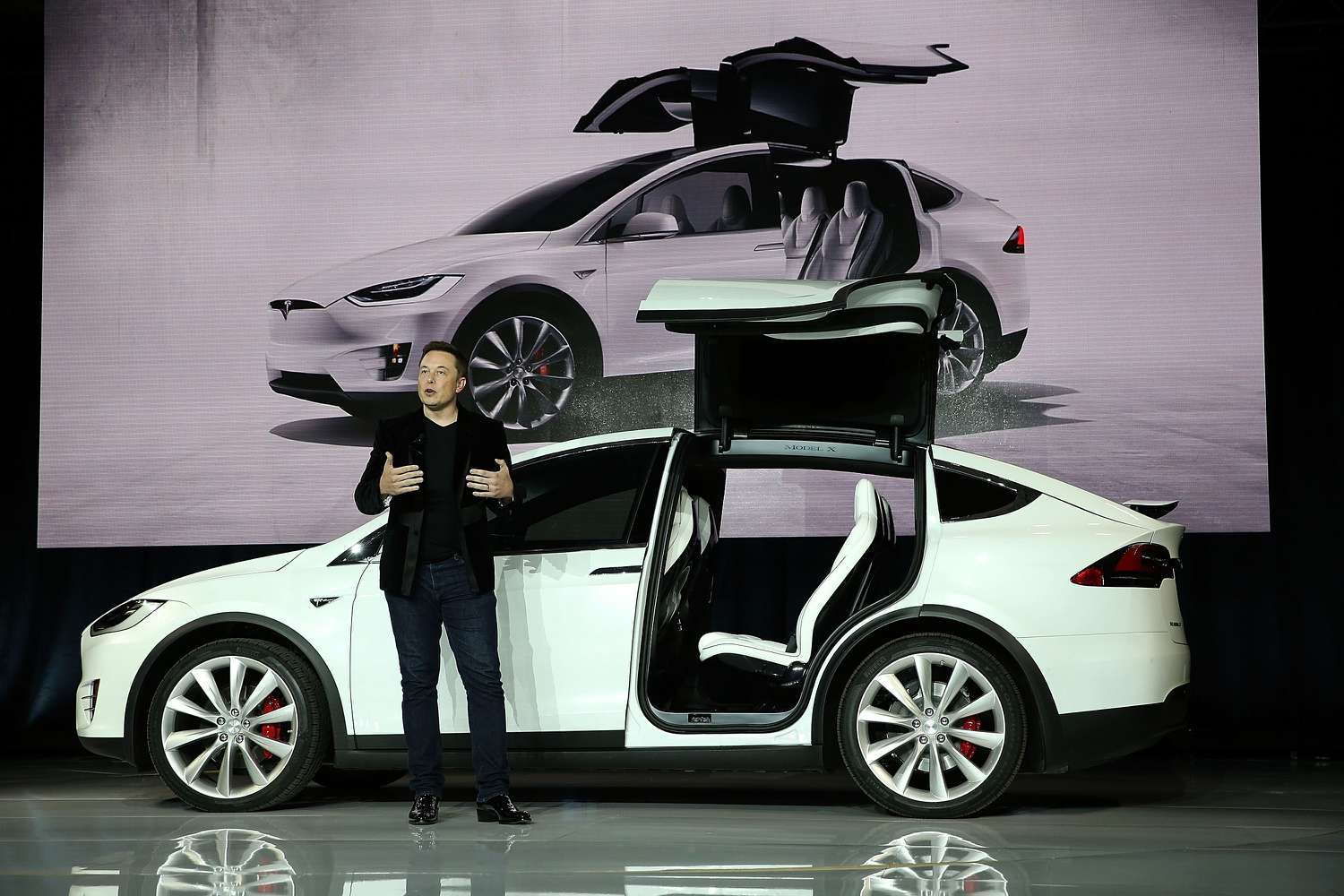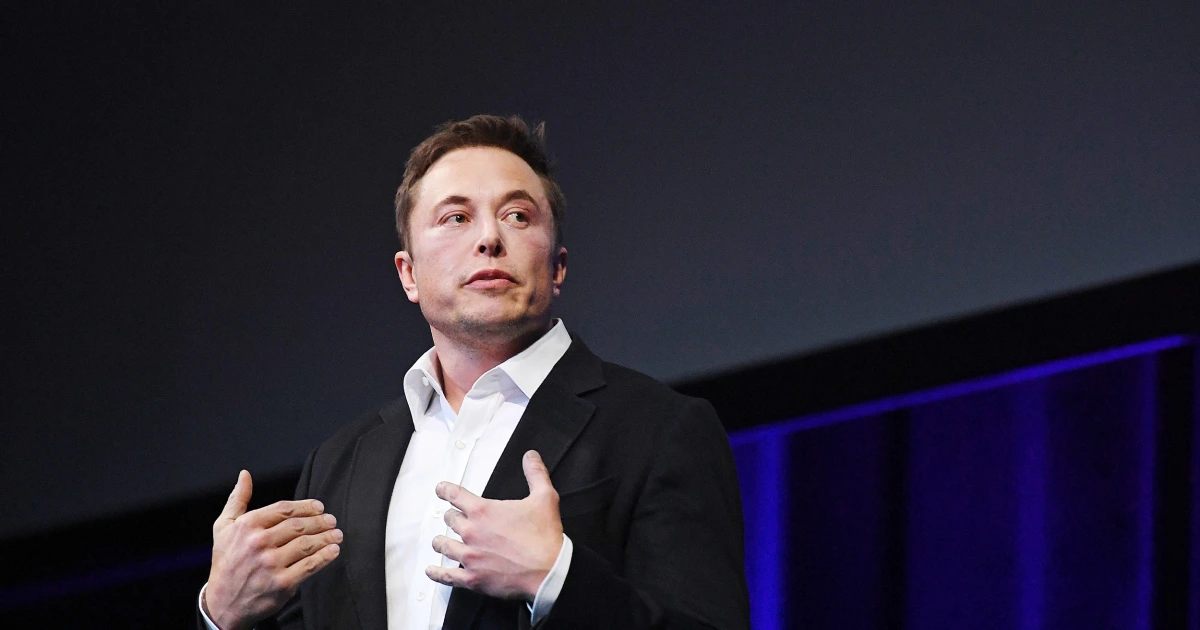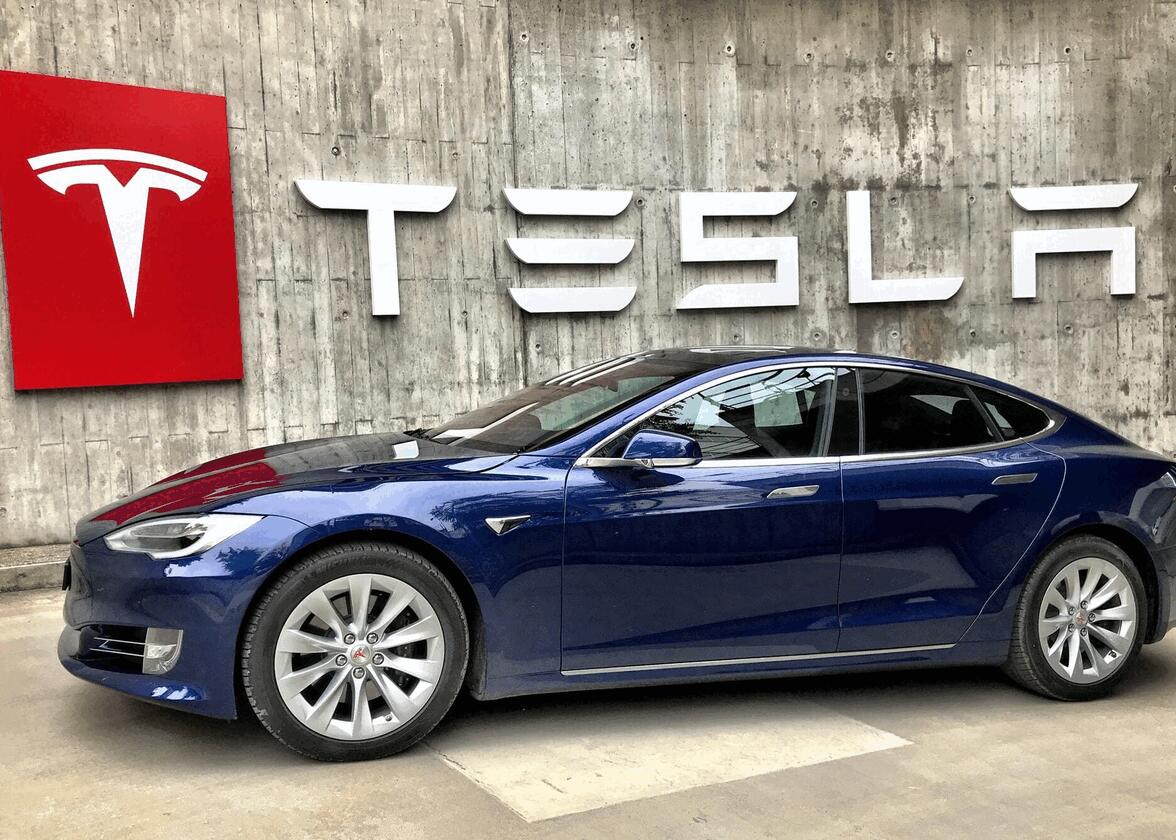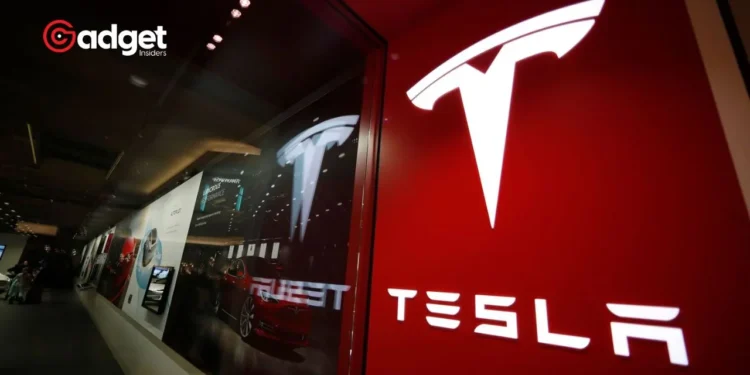Tesla, the renowned electric vehicle (EV) pioneer known for disrupting the automotive industry, is experiencing a significant downturn in its financial performance. With a reported 55% drop in profits, the company is feeling the heat from intensifying competition in the EV sector.
This decline in profits aligns with a recent decrease in vehicle sales, signaling potential challenges ahead for the automaker.

In the first quarter of 2023, The EV giant’s financial woes were evident with a revenue of $21.3 billion, marking a 9% decrease from the previous year. Analysts surveyed by Yahoo Finance had anticipated slightly better figures, predicting earnings per share of $0.51 on revenue of $22.15 billion.
However, the company’s operating profits told a more stark story, with just $1.2 billion recorded, a 54% fall from the previous year.
Multiple Setbacks Impact Tesla’s Performance
The company’s Q1 difficulties were compounded by a series of setbacks, including geopolitical tensions, operational challenges, and product issues. The automaker cited the Red Sea crisis and an arson attack at its Gigafactory Berlin as significant disruptions.
Additionally, the phased rollout of the revised Model 3 at its Fremont, California, factory has not gone as smoothly as planned, further impacting its quarterly outcomes.
Tesla's tough times continue as stock plummets, layoffs loom, and operating profit expected to drop. Is the anti-woke stance to blame? #Tesla #BusinessNews. pic.twitter.com/krjJkHRbua
— josh crespo (@period3jc) April 25, 2024
Tesla’s Strategic Shifts and Regulatory Credit Gains
Despite the challenges in pure electric vehicle sales, the brand has managed to gain financially from regulatory credits. In the first quarter, the company received $442 million in zero-emissions tax credits, which has been a small cushion against the backdrop of falling sales.
This gain underscores the complex dynamics of the EV market, where regulatory incentives continue to play a crucial role.

Cybertruck Launch Amid Recall Concerns
The launch of the Cybertruck, Tesla’s highly anticipated electric pickup, brought both excitement and additional scrutiny. Following its debut, issues such as a recall due to a loose accelerator pedal that could cause the vehicle to get stuck at maximum speed have marred its reception.
Despite these concerns, the EV company did not directly address the recall in its earnings announcement, focusing instead on forward-looking statements and ongoing projects.
Tesla’s Cost-Cutting Measures and Workforce Reduction
In response to the financial and market pressures, Tesla has implemented significant cost-cutting measures, including laying off more than 10% of its global workforce. This decision reflects the broader industry trend of adjusting to a slower market for electric cars and is part of its efforts to stabilize its financial footing.
Elon Musk, the company’s CEO, has cautioned investors that the projected 50% revenue increase in 2024 might face hurdles, indicating potential continued volatility.

Innovations and Future Prospects
Despite the current downturn, Tesla remains optimistic about its future innovations and market strategies. The company is actively investing in AI infrastructure, having spent $1 billion in recent months to enhance its computing and software capabilities.
Tesla also hinted at upcoming projects like a ride-hailing app integrated with the company’s products and a promising robotaxi network, suggesting a strategic pivot to diversify its offerings and revenue streams.
A Critical Juncture for Tesla
As Tesla navigates through these turbulent times, the company stands at a critical juncture. With ongoing investments in technology and new market strategies, Tesla aims to rebound from the current setbacks and continue its leadership in the EV industry.
Investors and market watchers remain cautiously optimistic, eager to see how the company’s adjustments will play out in an increasingly competitive and unpredictable market.










